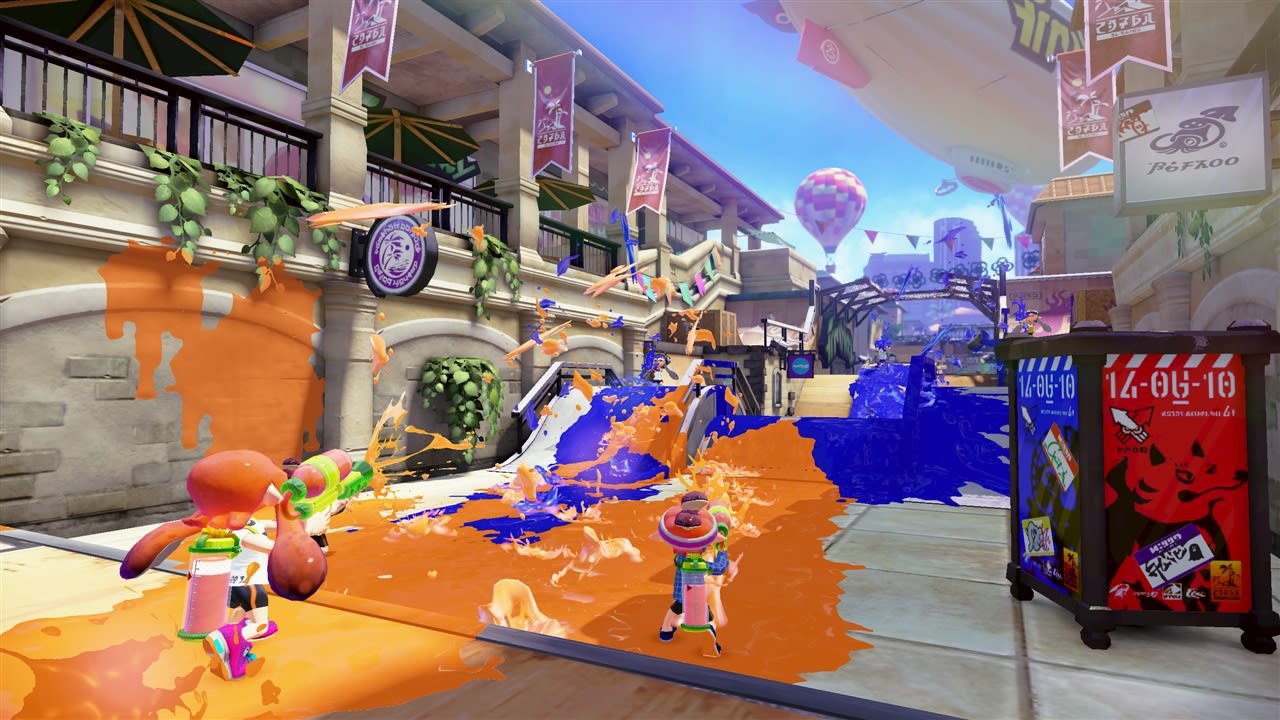“This is the right time for the V&A to be building on our active interest in videogames to investigate this exciting and varied design field at the intersection between technology, engineering and broader visual culture, presenting the influences, inspiration and debates that define it. This exhibition provides a compelling insight into one of the most important design disciplines of our time.” - Tristram Hunt, director of the V&A
Videogames: Design/Play/Disrupt celebrates the innovative and rapidly changing design field of videogames. The exhibition explores videogame design since the mid-2000s, when major technological advancements – such as increased access to broadband, social media and newly available means of making – transformed the way games are designed, discussed and played. With at least 2.2 billion players worldwide, the reach and range of gaming is examined through the creative online player communities who modify games and create fan art, the spectators and competitive performers at large scale Esports stadium events and the surprising spaces of the niche DIY arcade scene.
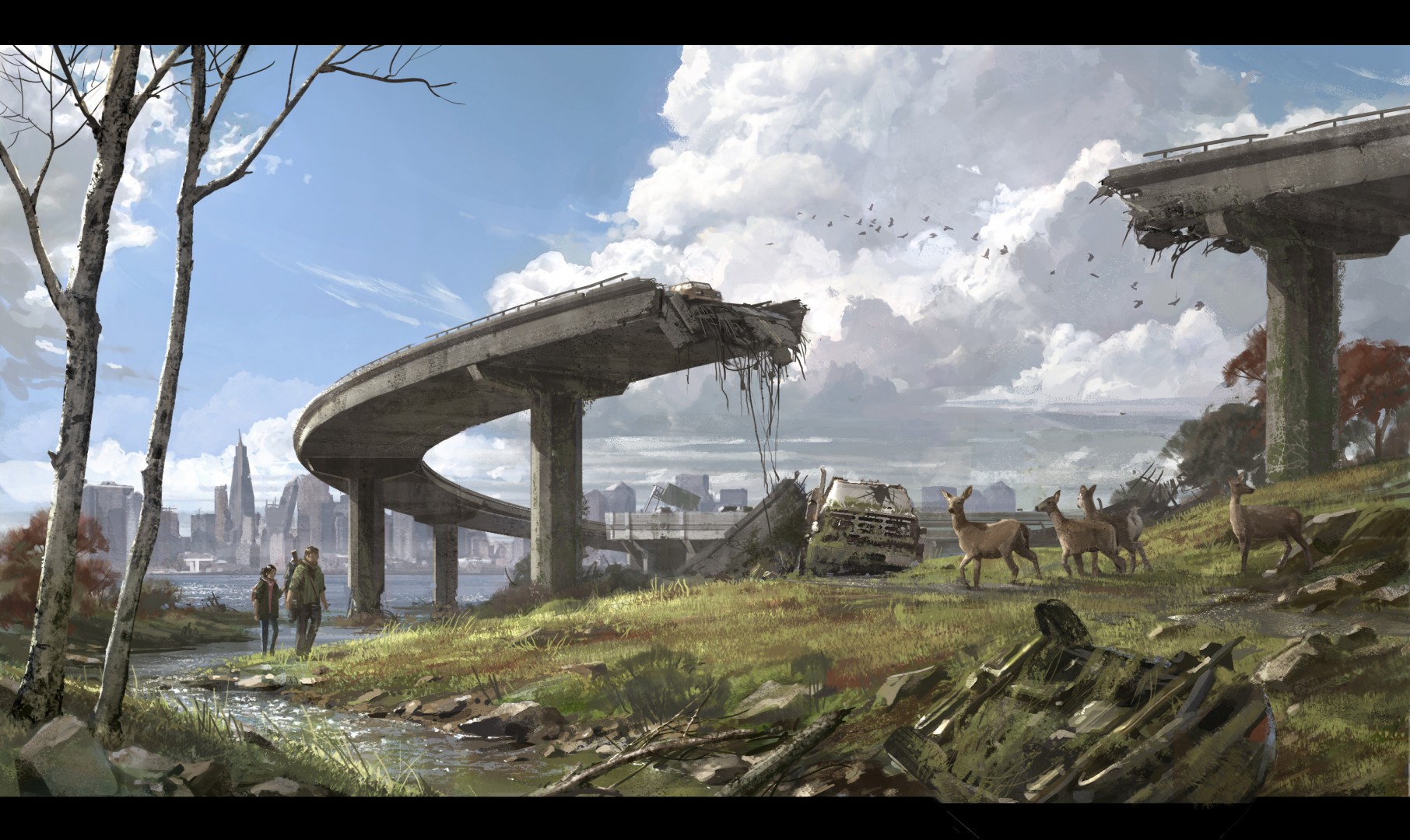
The first section of the exhibition examines the design inspirations, craftsmanship and creative practice behind a series of individual games. These are created by a new generation of designers from large established studios to solo independent designers, as well as from a range of other creative disciplines such as new media and music composition. Highlights include character design sketches, a motion capture suit, animations and working notes of the creative director from The Last of Us from Naughty Dog. A visually stunning post-apocalyptic blockbuster, this title is comparable to a Hollywood production in ambition and scope.
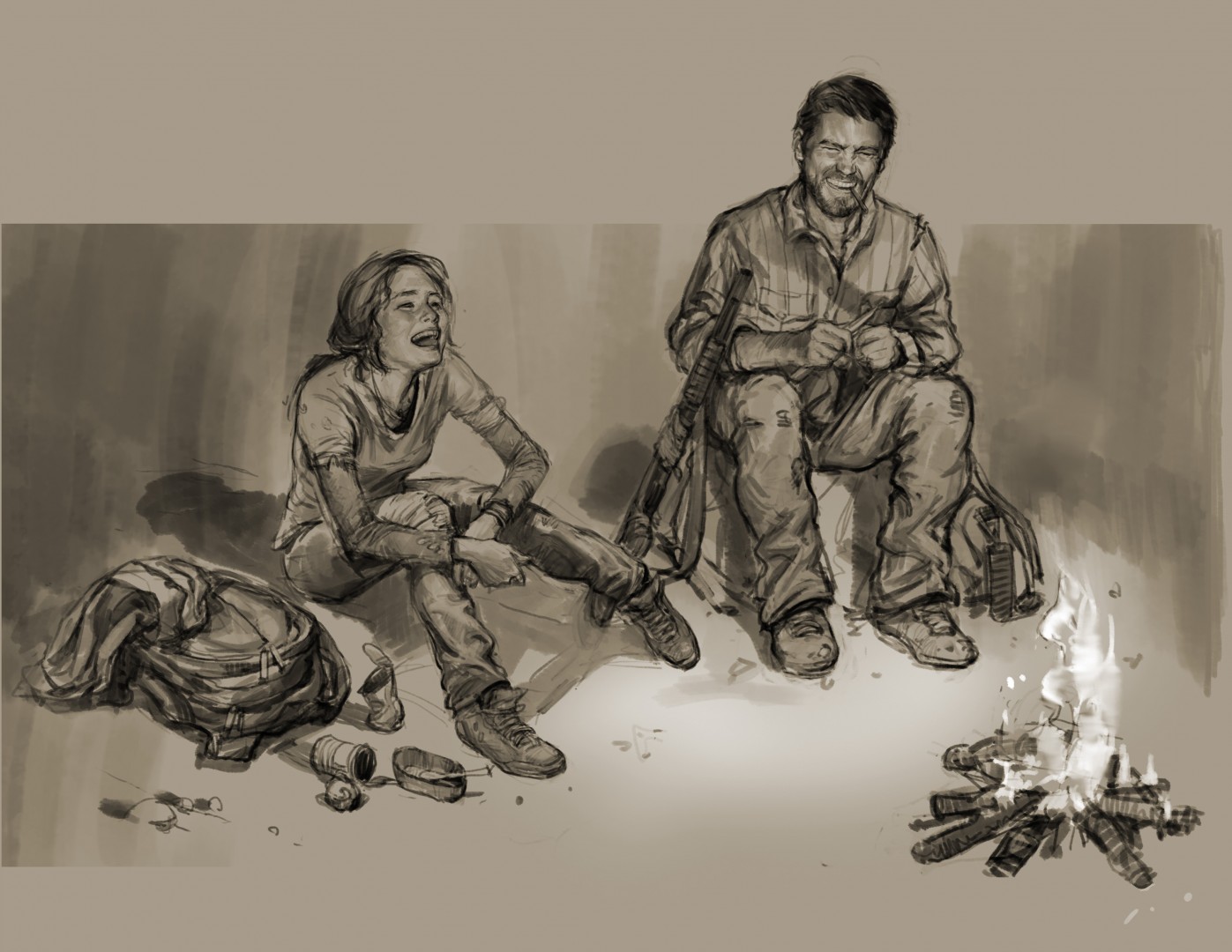
Other exhibits include prototypes, design drawings and desert research footage from Journey, a smaller independent game, demonstrating how videogames can evoke emotional concepts of friendship, connection, positivity and love. Also shown are works that have influenced creators such as Magritte’s painting Le Blanc Seing which formed the inspiration for the parallax scenography of Kentucky Route Zero.
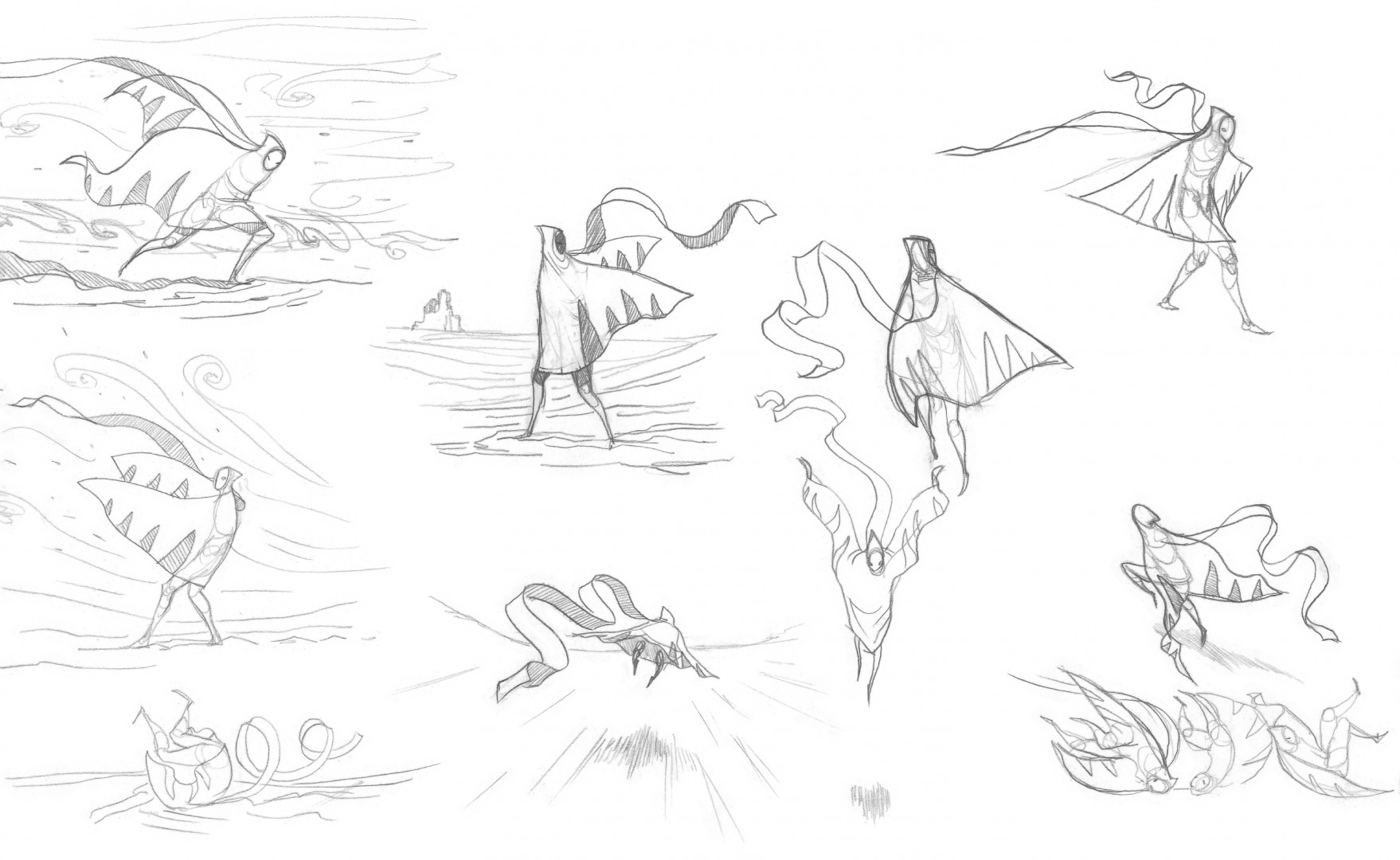
Videogames have the potential to consider complex and sensitive subject matters such as representation, race, sexuality and geo-politics and, as tools to make games have become more available and distribution has broadened, game designers have begun to engage more widely with social and ethical debates.
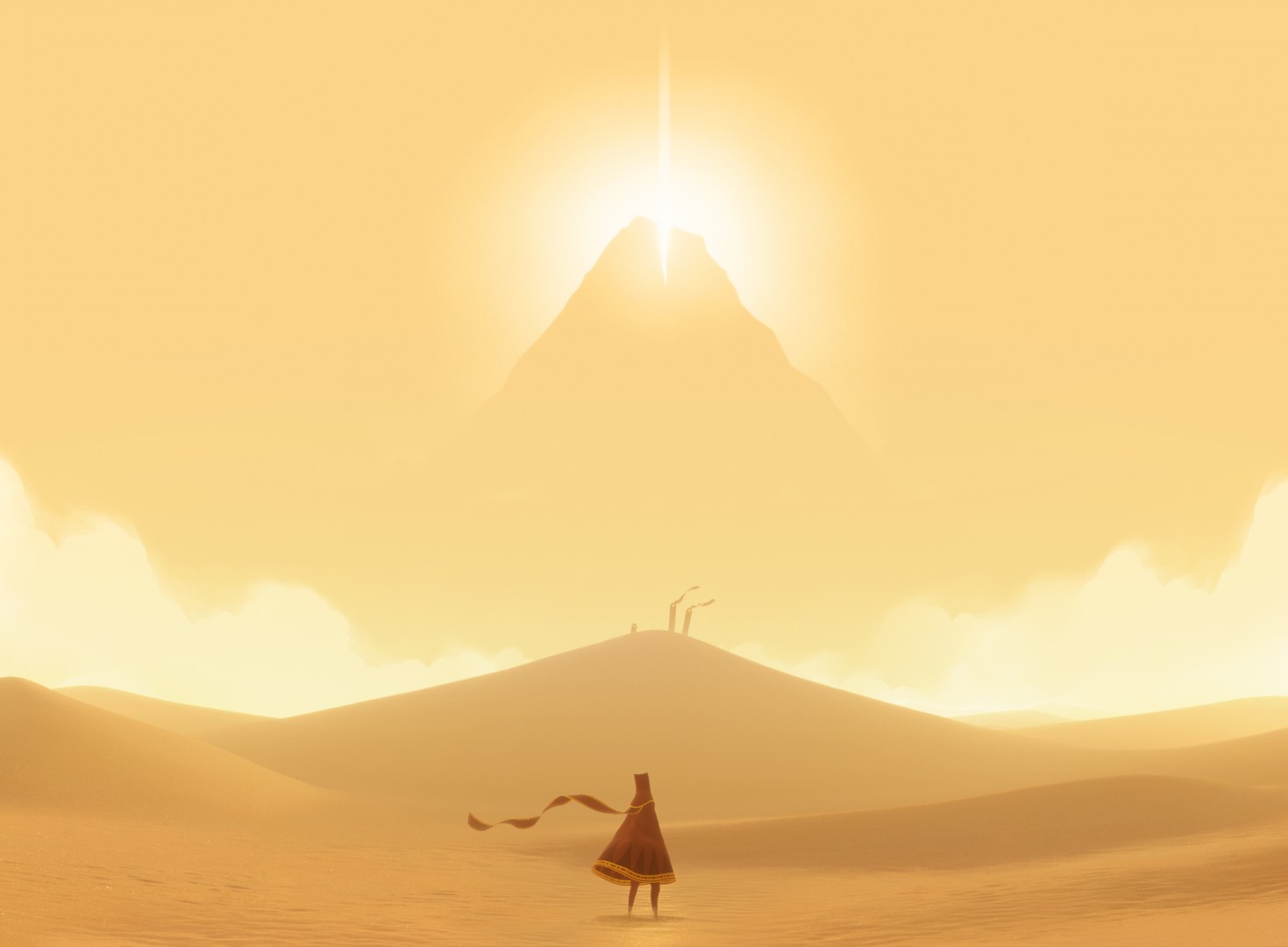
The next section presents interviews and opinion from influential game makers and commentators who are leading this discussion such as developer Rami Ismail and advocate Tanya DePass. Here, ideas about videogames and what they should be are challenged, as well as how this relates to society as a whole. A selection of works illustrate such themes, including how do you Do It, a semiautobiographical game by Nina Freeman, which tackles the discovery of sexuality through dolls, and Phone Story by Molleindustria, a satirical mobile video game which invites players to consider negative effects of their consumption on people in the globalised world.
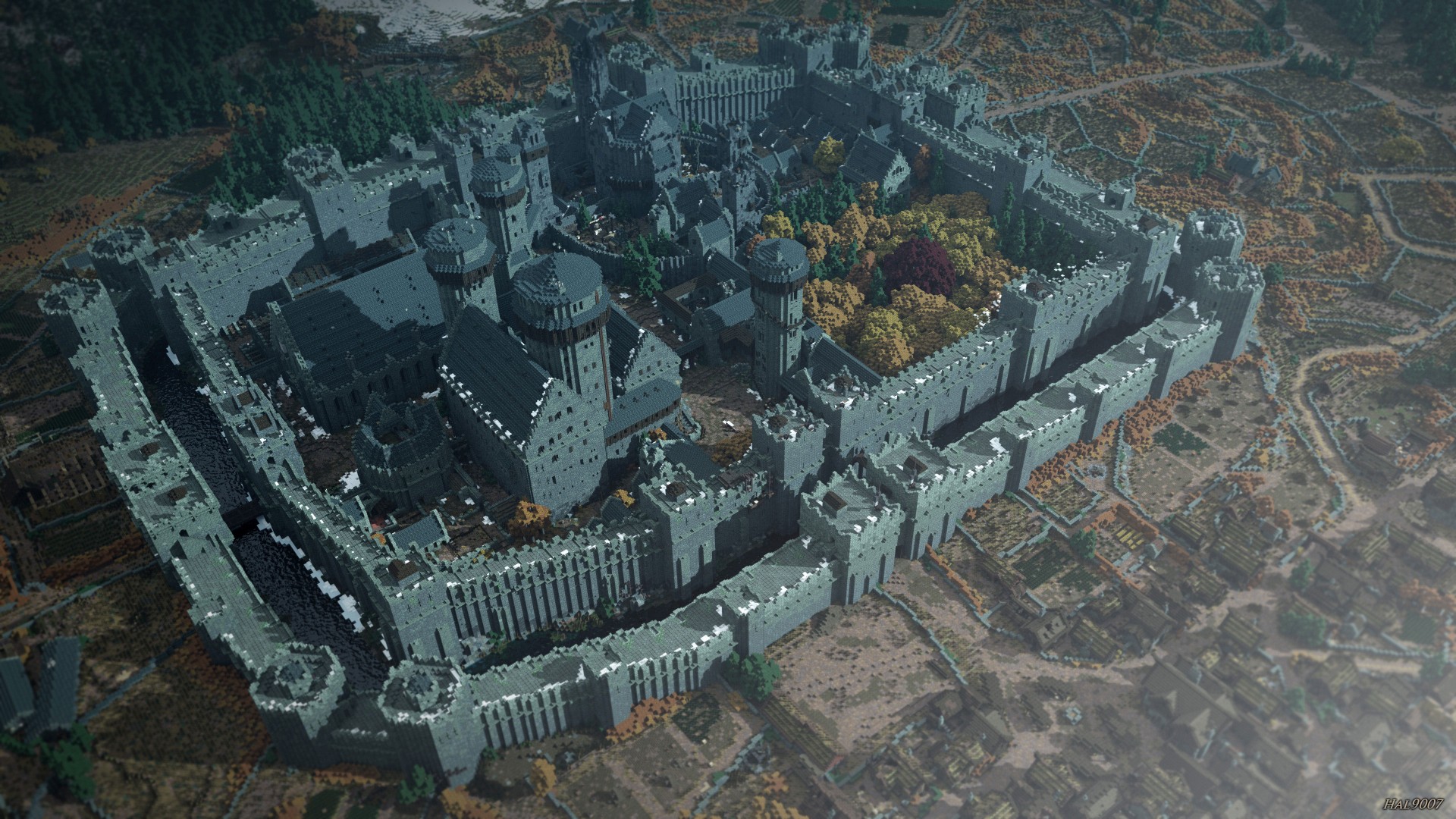
The third section celebrates the dazzling imagination and collaborative creativity shown by videogames players in real and virtual communities, transcending the role of the designer to democratise design on a vast scale. The double-height exhibition space in this section features a dramatic and immersive installation that explores the role of the player as co-creator. This shows the astonishing feats of engineering and construction undertaken in Minecraft such as the recreation of the continent of Westeros from Game of Thrones, to the mass spectacle of Esports tournaments such as League of Legends World Championships. There are examples of fan art and cosplay created by enthusiasts who interpret the medium in their own style and create costumes and accessories to represent themselves, or even their pets as characters.

The playful finale looks at the rise of the grassroots DIY arcade scene, showcasing handmade arcade cupboards and interactive installations of spectacle and performance. Unusual and remarkable games made by DIY enthusiasts and creatives are on show such as Bush Bash by SK Games, played in a sedan car cut in half and fitted with a display for two players to shoot and drive. Visitors can also play games such as Line Wobbler by Robin Baumgarten. Created from a custom-made spring controller and a several metre-long ultrabright LED strip display, it was inspired by a viral video of a cat playing with a door-stopper spring. The V&A actively collects digital design and is expanding its collection extensively in this area, exploring how videogames as digital objects can be preserved and exhibited.
Until 24 February vam.ac.uk
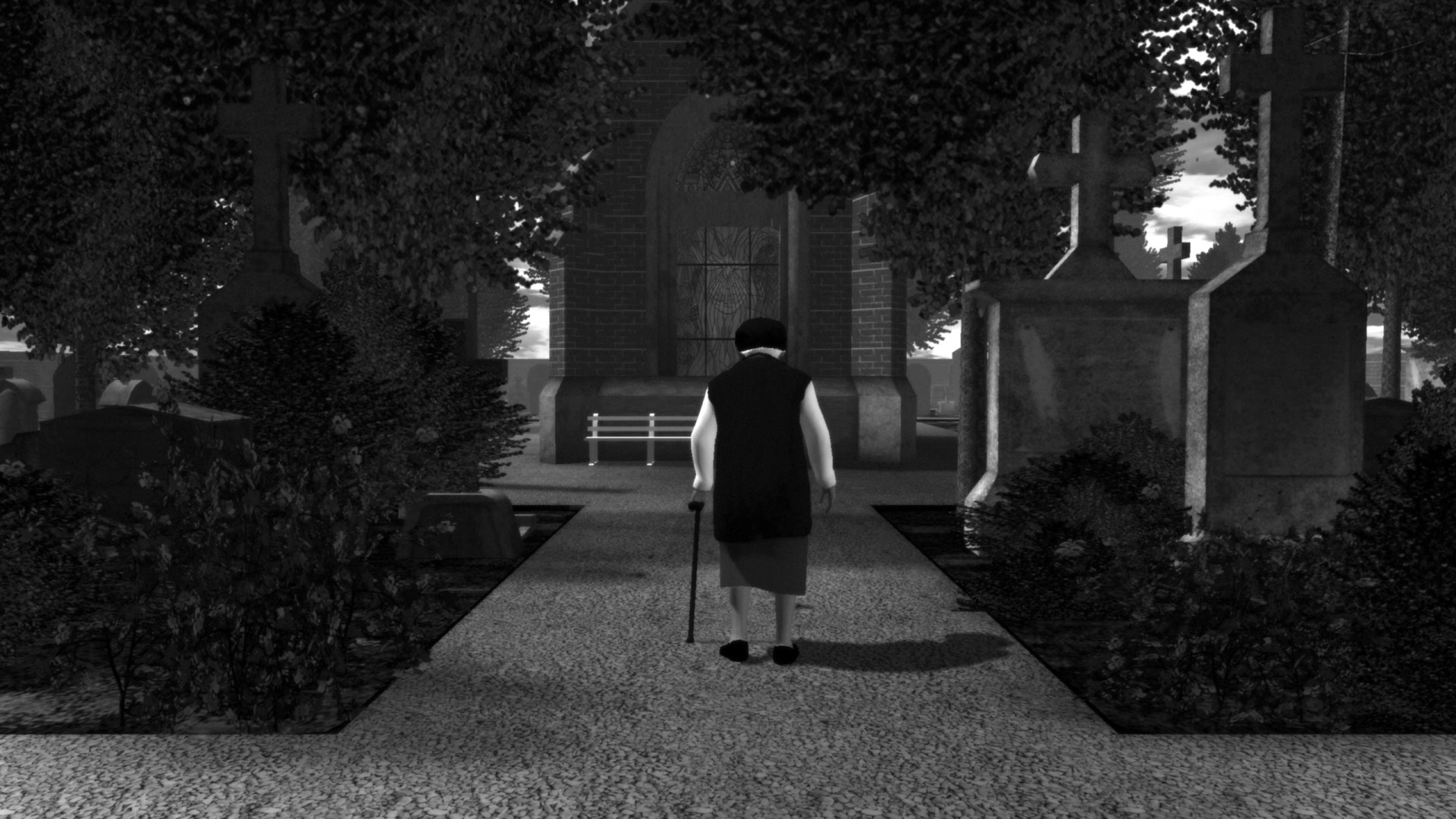
Approaching’ © Auriea Harvey & Michael Samyn, Tale of Tales

